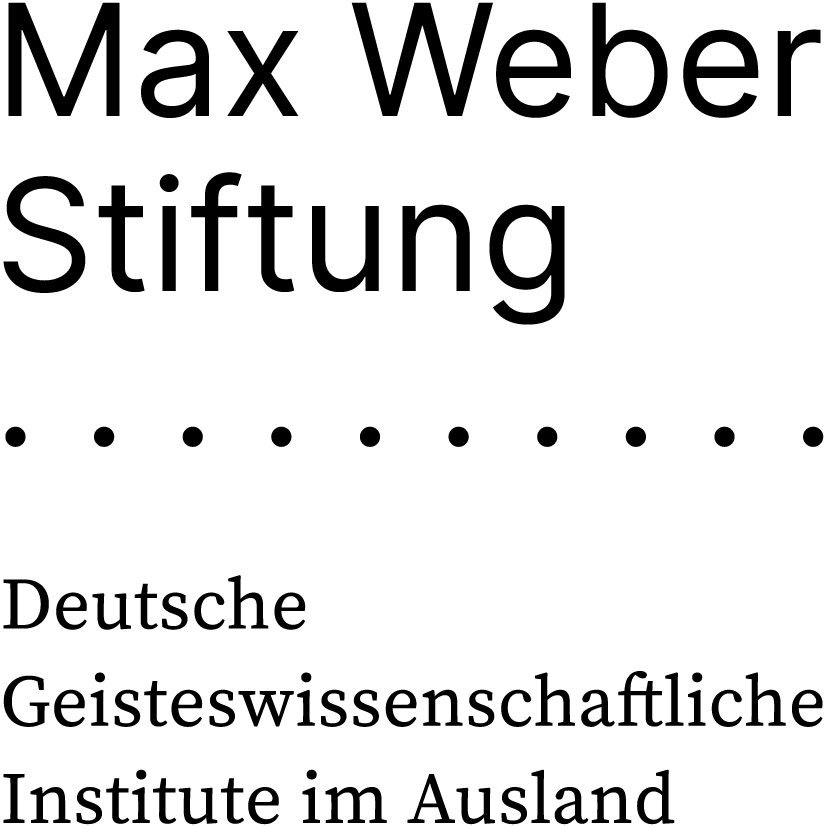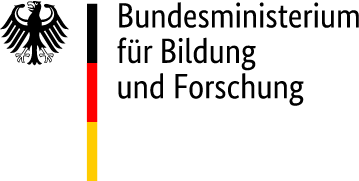Johann Konrad Dippel is almost entirely unknown today outside Germany and Scandinavia. This is unfortunate because he made a big impression during his lifetime, which spanned from 1673 to 1734. As an alchemist, he was the inventor of the colour Prussian blue, which quickly replaced the expensive lapis lazuli among European painters. As a theological writer, he provided a connection between the mid-17th-century German mystic Jakob Böhme and the seer of the Enlightenment, Emanuel Swedenborg. An early advocate for complete religious liberty, he was a friend to the English Philadelphians, the dissenting sect inspired by the visions of Jane Lead. Despite his radical religious views, however, Dippel gained considerable influence within Lutheran court circles in north Germany and Denmark. He was the court alchemist in Prussia from 1704 to 1707, an episode that ended badly when his orthodox Lutheran enemies denounced him to King Friedrich I. After escaping from a Berlin prison, he was named Chancellery Councilor to King Fredrik IV of Denmark. In 1714, he moved from Amsterdam to Altona, a Danish-ruled city adjacent to Hamburg, which is where Frederik Stjernfelt’s interest in him really begins.
Stjernfelt, a professor of intellectual history based in Copenhagen, works mainly on freedom of the press. Although he has an excellent understanding of the importance of Dippel’s theological writings, religion is not Stjernfelt’s principal concern in this intriguing study. Rather, he seeks to explain Dippel’s trial for libeling the Chief President of Altona, the powerful Christian Detlev, Count von Reventlow, and his wife, Benedicte von Brockdorff. While the prosecution has often been mentioned by historians, apparently nobody prior to Stjernfelt has bothered to read through the 450 pages of documents relating to the case, now found in the Danish State Archives in Copenhagen. Stjernfelt’s findings first appeared in a Danish book published in 2023 and are revisited here in his translation of them into English.
They do not make particularly exciting reading, but they remain illuminating, as they reveal a great deal about Dippel, the Reventlows and the arbitrary justice practiced in early 18th-century Denmark. The trouble began in December 1717, when Dippel addressed a letter to King Fredrik, presenting two local lawsuits in which he was involved, relating to a bleaching facility and a textile factory. Dippel complained of corruption concerning these cases among the city council in Altona but did not implicate the Reventlows. In March 1719, however, the situation dramatically altered, with new allegations of corruption brought by Reventlow against Dippel, based on evidence of a bribe paid by the agent of a wealthy Hamburg merchant family to obtain a position in the Altona administration. Dippel reportedly told the agent that he was receiving the money on behalf of Reventlow and his wife. An outraged Reventlow encouraged King Fredrik to appoint a judicial Commission to try Dippel not just for libel but for blasphemy in his recent writings. The Count even sponsored the publication at Copenhagen of a poem, possibly written by himself, denouncing Dippel in verse. Yet the Commission, to Reventlow’s surprise, found Dippel guilty only of promoting rumors and sentenced him to a public apology, four weeks of imprisonment, and payment of legal expenses. Reventlow then unleashed an angry torrent of letters back to Denmark, to pressure King Fredrik into ordering a harsher punishment. Eventually, he succeeded: Dippel lost his title of Chancellery Councilor, his writings were burned, and he was imprisoned for life on the remote Danish island of Bornholm. This was a shocking example of arbitrary power in practice.
Dippel’s incarceration in a grim-looking castle, however, was not very strict, and within a short time, he was writing controversial letters on religion, authoring articles on local antiquities, and practicing alchemy. He was freed in 1726 through the influence of Fredrik’s new queen, Anna Sophie, who happened to be Reventlow’s sister but apparently did not share her brother’s personal resentments. Dippel’s reputation was enhanced by a subsequent visit to Stockholm, where he infuriated the orthodox clergy but gained the admiration of young Swedenborg. He ended his days as a guest of Count Casimir Wittgenstein at Schloss Berleburg in northwest Germany, quarrelling with the Pietist leader Count Zinzendorff while greatly impressing the young Frankfurt doctor and future naturalist Johann Christian Senckenberg.
Stjernfelt’s conclusion to this thought-provoking tale does not say much about freedom of religion. He notes only that by 1731, Dippel had read with approval John Locke’s Letter on Toleration. He also fails to discuss the role of the press in the trial, a strange omission given the use of printed publicity by both Reventlow and Dippel. Rather, Stjernfelt concentrates on the issue of whether Dippel should be considered a figure of the Enlightenment and attempts to reconcile his views with those of Baruch Spinoza. Unlike Spinoza, however, Dippel was devoted to the doctrine of free will, and his belief that all things were the modified essence of God probably had more to do with alchemy than with Spinoza’s theory of substance. Dippel seems rather to have been representative of a pre-Enlightenment mysticism that espoused the free expression of beliefs but remained focused on spirituality and fully accepted the authority of temporal rulers. In many respects, these views preceded and informed those of later enlightened writers. Dippel has also been labeled a Lutheran Pietist, but his radicalism made him a sectarian and it would be interesting to know more about his followers.
Stjernfelt’s translation of his earlier Danish work into English is generally clear and easy to read, except when he is explaining Dippel’s often confusing theological principles. He correctly uses the old Scottish word »eldritch« but consistently writes »arrive to«, a literal transcription of the Danish »ankomme til«, rather than »arrive at«. However, as this book is freely available for download at https://library.oapen.org/handle/20.500.12657/94242, its minor grammatical errors can probably be overlooked.
Zitationsempfehlung/Pour citer cet article:
Paul Monod, Rezension von/compte rendu de: Frederik Stjernfelt, An Alchemist in Chains. The Case Against the Mystic Johann Konrad Dippel in Altona, Berlin, Boston (De Gruyter Oldenbourg) 2024, 284 p., 22 fig., 6 col. fig., ISBN 978-3-11-147972-9, DOI 10.1515/9783111482729, EUR 79,95., in: Francia-Recensio 2025/2, Frühe Neuzeit – Revolution – Empire (1500–1815), DOI: https://doi.org/10.11588/frrec.2025.2.111347








